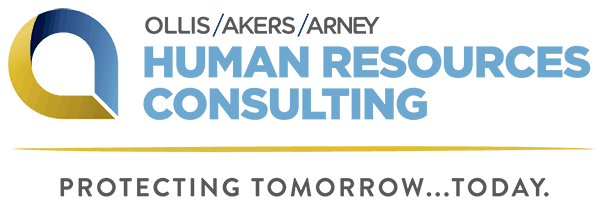Many employers seek the benefits of a diverse and inclusive workplace, but struggle to overcome challenges such as bias. While most leaders and most employees strive to make fair decisions and avoid unfair judgments, there exists the possibility that bias impacts some workplaces. Employers may be able to help mitigate bias in a number of ways, such as establishing a dialogue with employees, offering educational opportunities and evaluating current practices.
Bias in the Workplace
A study conducted by the American Psychological Association (APA) found that approximately 70% of American adults have experienced some form of discrimination in their lifetime.
Some of the discrimination that occurs in the modern workplace isn’t deliberate—but rather implicit. Microaggressions, for example, are subtle or even unintentional acts of stereotyping, which can be influenced by unconscious biases. Unfortunately, both explicit and implicit bias can result in discriminatory acts. Such decisions can impact professional opportunities—whether it be a hiring decision, a professional development opportunity or even a day-to-day decision a manager might make regarding an employee’s responsibilities.
Employers should be prepared to respond to and investigate all cases of reported discrimination, but also consider steps to mitigate bias through broader organizational initiatives.
Acknowledging Societal Issues
Organizations can choose to take stances on broader issues in society, and acknowledge how topics such as bias can impact the workplace. Many employees believe that the first step to addressing bias is to acknowledge that it exists. In particular, employees may appreciate the acknowledgment from their organization that these critical issues still exist today.
Generally speaking, employees seek to be part of an organization where their values are shared—which often can include a commitment to inclusion. Employers that acknowledge current challenges and offer empathy may be able to engage employees and further address bias.
Establishing Open Dialogue
Employers may want to consider how they can open up constructive dialogue—both at an organization wide level and on an individual case-by-case basis.
To engage employees on these topics, consider options such as surveying employees in order to gather feedback. Employers may be able to gather insight as to how receptive employees may be toward learning more about biases and growing awareness—and often, employees appreciate opportunities to have their voices heard.
Promoting Acceptance
As organizations contemplate how to best establish and maintain an accepting environment, leaders may be able to use their influence to impact workplace culture. Every workplace is unique, and employers can consider what efforts might be appropriate to promote acceptance within their work environment. For some employers, these efforts might include considering topics such as inclusion as part of ongoing discussions and planning, and integrating acceptance into day-to-day business.
Leaders often set the tone for culture. By taking steps to build awareness across an organization, employers may find that acceptance may grow—and that some employees may be open to collaborating on efforts within their workplace.
Educating Leaders
Effective and aware managers can often lead to satisfied employees, and organizations can consider engaging management by offering educational opportunities to discuss relevant topics.
For example, employers can consider opt-in educational programs directed at supervisors and managers, with the intent of establishing a dialogue on relevant topics within the workplace and growing awareness. While some employers choose to offer stand-alone training, others include timely topics into routine training and events already taking place in the workplace. Employers can consider what types of efforts might be an appropriate option for their organization.
Evaluating Current Practices
Bias can take place during day-to-day interactions but may extend to practices such as recruiting, hiring and evaluating talent for development opportunities or promotions. Most leaders mean well—but there always exists the possibility that ongoing practices in your organization may have bias built into policies and procedures.
Addressing Bias
Bias in the workplace is not an easy topic to address, but by taking proactive steps, employers often can boost employee retention, improve their brand and build an inclusive workplace.
Employers should consult with local legal counsel when updating or establishing new policies. For additional resources, call Ollis/Akers/Arney Insurance & Business Advisors at 417-881-8333 or contact us at OllisAkersArney.com.
More information on our HR Consulting team and available services can be found here.
This HR Insights is not intended to be exhaustive nor should any discussion or opinions be construed as professional advice. © 2020 Zywave, Inc. All rights reserved.






